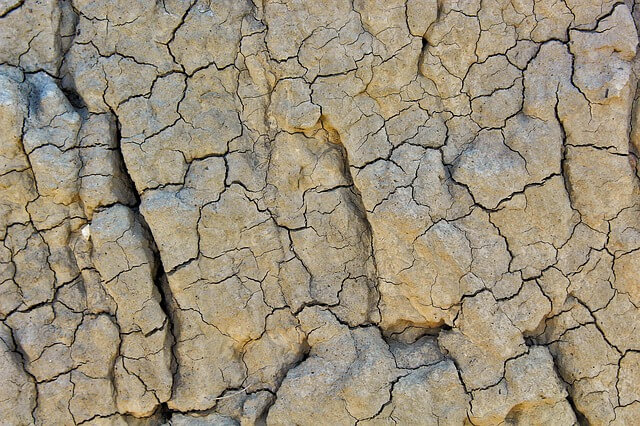With extreme temperatures causing widespread drought throughout North America, American and Canadian farmers are turning food crops into hay to help support the livestock industry on both sides of the border.
The drought currently affecting the region has adversely impacted farmers raising livestock. The expected hay crop for this year may only be around 10 to 25% of the usual amount, significantly reducing the supply of feed for their herds. As a result, farmers in the US and Canada are asking their respective governments for assistance.
The decrease in feed has also prompted ranchers to either sell or cull their herds. In drought-stricken North Dakota, cattle ranchers have increased the number of animals they are auctioning off.
While bales of hay wheat and barley provide food for cattle and other livestock, these are also a sobering omen of smaller harvests by the end of summer.
Climate change is altering the agricultural landscape
Recent weather conditions tell a chilling tale of how climate change is impacting agriculture in America and the rest of the world and how it poses a threat to the global food supply. Indeed,
Meteorologists expect temperatures to soar over the next few weeks, particularly within the Great Plains region. Jet streams, bands of westerly winds, have dried much of the west but have also brought in a spate of heavy rains and flooding in various parts of Europe.
The unrelenting summer heat has farmers worried that more than 15% of crops planted in the spring may die before harvest rolls around. This will result in the highest agricultural abandonment rate in nearly two decades: easily four times higher than the average annual rate of 4%.
According to StoneX’s chief commodities economist Arlan Suderman, things may come to a point when harvesting crops may cost more than their actual value. In which case, farmers may try to salvage what value they can get from their crops by offering it as necessary feed for livestock. Many farmers are willing to do this to keep their herds alive, even if it means financial loss.
Regardless, meteorologists see no relief for farmers any time soon. While there has been a bit of rain in some affected areas over the past week, temperatures in the Great Plains and surrounding areas will be soaring into the mid- to upper-90s by next week, dashing any remaining hopes for locally grown crops such as corn.















